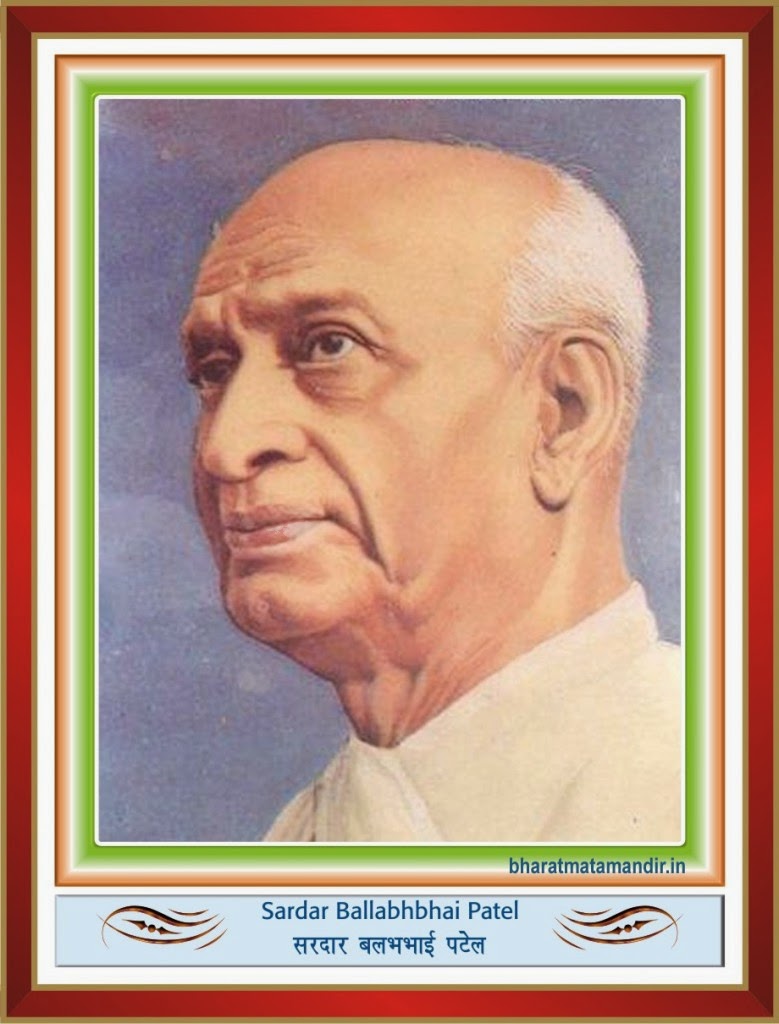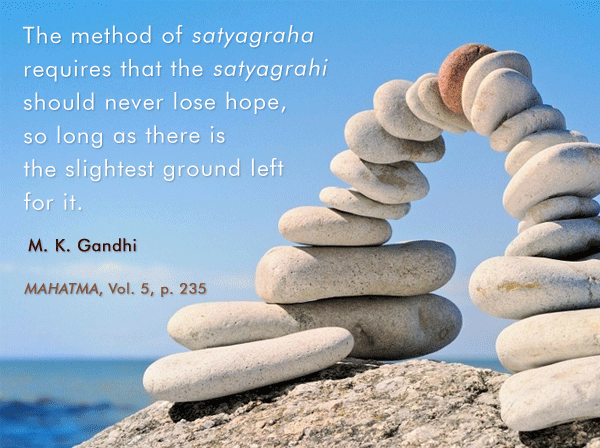The unempowered Asian :
The Hindu
Opinion » Lead
July 25, 2013
The unempowered Asian :
Pulapre Balakrishnan
Despite overtaking Japan as the third largest economy, India has lost its leadership role in the continent because, unlike its eastern neighbours, it has ignored its poor
------------------------------------------------------------------------------------------------------------------------------
India’s founding fathers had a clear idea where it was to stand in the comity of nations. They were quite sure that India’s place was in Asia. There was nothing parochial to this vision. It sprang from a certain understanding of world history and Asian culture. As they saw it, at the end of Second World War, almost all of Asia had been at the heel of the Europeans for close to two centuries. While acutely aware of this, they saw the sloughing-off of the colonial yoke as the mere beginning of a meaningful journey. The continent’s nation-builders set themselves the far more ambitious task of building an Asia so prosperous that it could provide a balance to western hegemony.
Seoul, an urban marvel
On a busman’s holiday to the East of us, an Indian economist sees that in the rest of Asia much of this grand vision has been realised. For instance, Seoul in its north-eastern extremity is an urban marvel. Its network of expressways, efficient public transport, pedestrian-friendly streets and glorious public services leave you in a state of shock and awe. To the naked eye there is no poverty visible on its streets, nor any great inequality. Instead, food stalls abound and everybody is gorging on their stuff while clutching at their Gucci bags when it is not their Samsung Android phone.
Having once been the champion of the Asian voice in the United Nations, India now languishes as its poor cousin. Its GDP per capita is pitifully low compared to that of the Asian powerhouses, the price of food too high in relation to capita income and the fruits of its much-vaunted high growth in recent years are poorly distributed. From having convened the Asian Relations Conference even before gaining independence to later inspiring Bandung, India has lost its leadership role mainly because it has been left behind in the race to develop the economy. The rest of Asia may admire India as the original home of some profound philosophies, but it is unlikely to capture their imagination as an economy.
This has less to do with the size and growth of India’s economy but to do with the fact that India is clearly out of line with one central aspect of the Asian development model which is the wide-spreading of the fruits of growth. India has by now overtaken Japan as the world’s third largest economy in purchasing-power-parity terms but the backlog of poverty in India is overwhelming even when the bar is set low. China does have high inequality but has far lower poverty levels than India. In any case, restricting ourselves to the income criterion misses an important element when it comes to evaluating the standard of living. Beyond higher per capita incomes, the economies of the east have a vast stock of well functioning public infrastructure. We refuse to acknowledge how important this is in enabling people to lead a dignified life.
Need for course correction
But has India lost the plot for all time? Not at all. However, we need to recognise how the rest of Asia has done it, and grasp the opportunity to make a course correction when required. At the core of the Asian model is the wide provision of health and education by the state. The human capital thus created contributes to high productivity growth which alone can drive growth in the long run. We can think of productivity growth as that source from which flow the two parallel currents that undergird a dynamic economy. On the one hand, it generates the demand needed to sustain growth and, on the other, releases the resources necessary to provision it. But human capital in the form of a healthy and educated populace is per se inadequate to the task of production. This requires physical infrastructure without which a population is powerless. Countless Indians are unable to improve their lot due to the paucity of electricity, water supply, transportation and sanitation.
From this point of view, the “economic reforms” launched in 1991 are limited in their scope. One can only remain sceptical of promises of “more reforms” that do not at the same time provide a road map for releasing the economy from the infrastructure constraint. All over the east, governments started out by creating human and physical capital in tandem, as either one is of not much use without the other. It is this strategy that yielded them the success of export-led growth. In Indian policy circles there is the tendency to construe the eastern experience as the inevitable outcome of maintaining openness to trade which India certainly did not do. But we did not build enough of the two types of capital necessary. By now the industrial-tariff rate in India is lower than in South Korea but growth has slowed considerably and we can see why. It is also significant that in the east, it is the state that actually built this infrastructure because the private sector cannot be expected to build it on so vast a scale.
Elusive
Recognising the importance of physical infrastructure would alert us to what must constitute the core of the public discourse on the future of India. The political class speaks of “inclusion” and “empowerment” but does not walk this talk. It has confined itself to promulgating rights. These count for less than an abundant physical infrastructure in empowering the poor. The Right to Information Act may reveal important details of a road project, especially regarding finance, but it can do little to ensure that the road is built well, leave alone well-maintained. Their significance is close to that of the Fundamental Rights enshrined in the Constitution. While they are not without value, their role in economic empowerment is remote. On the other hand, the Directive Principles call upon the state to act as a facilitator but they are not justiciable. The current trend in Indian politics is for the political class to legislate more and more while withdrawing from building the public good that is physical infrastructure. It is important to understand why it persists with this strategy.
High inequality
First, legislating rights and resorting to populism with subsidies buy short-term gains. With political parties facing a five-year electoral cycle, it matters to them less that subsidies crowd out the public finances needed to create infrastructural assets. High inequality heightens the symbolic value of such fiscal transfers. To this extent, politics as practised in India today has a vested interest in the maintenance of inequality. Secondly, there is an aspect of physical infrastructure that gets less attention than it deserves. How much infrastructure we have is less important than how well we put it to use. So the benefits we may expect to flow from what we have built are only as good as the management of that which we have built. While this is true as much of privately owned as it is of public infrastructure it so happens that, almost everywhere in the world, the core physical infrastructure is in the public sector. Thus the infrastructural services that are generated depend upon the accountability enforced in the public sector.
This is by no means a battle lost. Anyone who has travelled by Air India of late can see how well its services compare with those in the private sector — only they come at an unacceptably high cost. We need an understanding of public life in which elected representatives are held responsible for the quality of infrastructural services and the cost at which they are delivered to the public. In fact, this should be deemed their principal task. In time for the general elections of 2014, the discourse on democracy in India needs to be radically altered. Arcane debates in the Cold War mould over the relative merits of capitalism and socialism detract us from the serious task of building infrastructure that confronts us. Till such time as India has this infrastructure, its people will remain the unempowered Asians.
(Pulapre Balakrishnan may be reached at www.pulaprebalakrishnan.in)
Opinion » Lead
July 25, 2013
The unempowered Asian :
Pulapre Balakrishnan
Despite overtaking Japan as the third largest economy, India has lost its leadership role in the continent because, unlike its eastern neighbours, it has ignored its poor
------------------------------------------------------------------------------------------------------------------------------
India’s founding fathers had a clear idea where it was to stand in the comity of nations. They were quite sure that India’s place was in Asia. There was nothing parochial to this vision. It sprang from a certain understanding of world history and Asian culture. As they saw it, at the end of Second World War, almost all of Asia had been at the heel of the Europeans for close to two centuries. While acutely aware of this, they saw the sloughing-off of the colonial yoke as the mere beginning of a meaningful journey. The continent’s nation-builders set themselves the far more ambitious task of building an Asia so prosperous that it could provide a balance to western hegemony.
Seoul, an urban marvel
On a busman’s holiday to the East of us, an Indian economist sees that in the rest of Asia much of this grand vision has been realised. For instance, Seoul in its north-eastern extremity is an urban marvel. Its network of expressways, efficient public transport, pedestrian-friendly streets and glorious public services leave you in a state of shock and awe. To the naked eye there is no poverty visible on its streets, nor any great inequality. Instead, food stalls abound and everybody is gorging on their stuff while clutching at their Gucci bags when it is not their Samsung Android phone.
Having once been the champion of the Asian voice in the United Nations, India now languishes as its poor cousin. Its GDP per capita is pitifully low compared to that of the Asian powerhouses, the price of food too high in relation to capita income and the fruits of its much-vaunted high growth in recent years are poorly distributed. From having convened the Asian Relations Conference even before gaining independence to later inspiring Bandung, India has lost its leadership role mainly because it has been left behind in the race to develop the economy. The rest of Asia may admire India as the original home of some profound philosophies, but it is unlikely to capture their imagination as an economy.
This has less to do with the size and growth of India’s economy but to do with the fact that India is clearly out of line with one central aspect of the Asian development model which is the wide-spreading of the fruits of growth. India has by now overtaken Japan as the world’s third largest economy in purchasing-power-parity terms but the backlog of poverty in India is overwhelming even when the bar is set low. China does have high inequality but has far lower poverty levels than India. In any case, restricting ourselves to the income criterion misses an important element when it comes to evaluating the standard of living. Beyond higher per capita incomes, the economies of the east have a vast stock of well functioning public infrastructure. We refuse to acknowledge how important this is in enabling people to lead a dignified life.
Need for course correction
But has India lost the plot for all time? Not at all. However, we need to recognise how the rest of Asia has done it, and grasp the opportunity to make a course correction when required. At the core of the Asian model is the wide provision of health and education by the state. The human capital thus created contributes to high productivity growth which alone can drive growth in the long run. We can think of productivity growth as that source from which flow the two parallel currents that undergird a dynamic economy. On the one hand, it generates the demand needed to sustain growth and, on the other, releases the resources necessary to provision it. But human capital in the form of a healthy and educated populace is per se inadequate to the task of production. This requires physical infrastructure without which a population is powerless. Countless Indians are unable to improve their lot due to the paucity of electricity, water supply, transportation and sanitation.
From this point of view, the “economic reforms” launched in 1991 are limited in their scope. One can only remain sceptical of promises of “more reforms” that do not at the same time provide a road map for releasing the economy from the infrastructure constraint. All over the east, governments started out by creating human and physical capital in tandem, as either one is of not much use without the other. It is this strategy that yielded them the success of export-led growth. In Indian policy circles there is the tendency to construe the eastern experience as the inevitable outcome of maintaining openness to trade which India certainly did not do. But we did not build enough of the two types of capital necessary. By now the industrial-tariff rate in India is lower than in South Korea but growth has slowed considerably and we can see why. It is also significant that in the east, it is the state that actually built this infrastructure because the private sector cannot be expected to build it on so vast a scale.
Elusive
Recognising the importance of physical infrastructure would alert us to what must constitute the core of the public discourse on the future of India. The political class speaks of “inclusion” and “empowerment” but does not walk this talk. It has confined itself to promulgating rights. These count for less than an abundant physical infrastructure in empowering the poor. The Right to Information Act may reveal important details of a road project, especially regarding finance, but it can do little to ensure that the road is built well, leave alone well-maintained. Their significance is close to that of the Fundamental Rights enshrined in the Constitution. While they are not without value, their role in economic empowerment is remote. On the other hand, the Directive Principles call upon the state to act as a facilitator but they are not justiciable. The current trend in Indian politics is for the political class to legislate more and more while withdrawing from building the public good that is physical infrastructure. It is important to understand why it persists with this strategy.
High inequality
First, legislating rights and resorting to populism with subsidies buy short-term gains. With political parties facing a five-year electoral cycle, it matters to them less that subsidies crowd out the public finances needed to create infrastructural assets. High inequality heightens the symbolic value of such fiscal transfers. To this extent, politics as practised in India today has a vested interest in the maintenance of inequality. Secondly, there is an aspect of physical infrastructure that gets less attention than it deserves. How much infrastructure we have is less important than how well we put it to use. So the benefits we may expect to flow from what we have built are only as good as the management of that which we have built. While this is true as much of privately owned as it is of public infrastructure it so happens that, almost everywhere in the world, the core physical infrastructure is in the public sector. Thus the infrastructural services that are generated depend upon the accountability enforced in the public sector.
This is by no means a battle lost. Anyone who has travelled by Air India of late can see how well its services compare with those in the private sector — only they come at an unacceptably high cost. We need an understanding of public life in which elected representatives are held responsible for the quality of infrastructural services and the cost at which they are delivered to the public. In fact, this should be deemed their principal task. In time for the general elections of 2014, the discourse on democracy in India needs to be radically altered. Arcane debates in the Cold War mould over the relative merits of capitalism and socialism detract us from the serious task of building infrastructure that confronts us. Till such time as India has this infrastructure, its people will remain the unempowered Asians.
(Pulapre Balakrishnan may be reached at www.pulaprebalakrishnan.in)



Comments